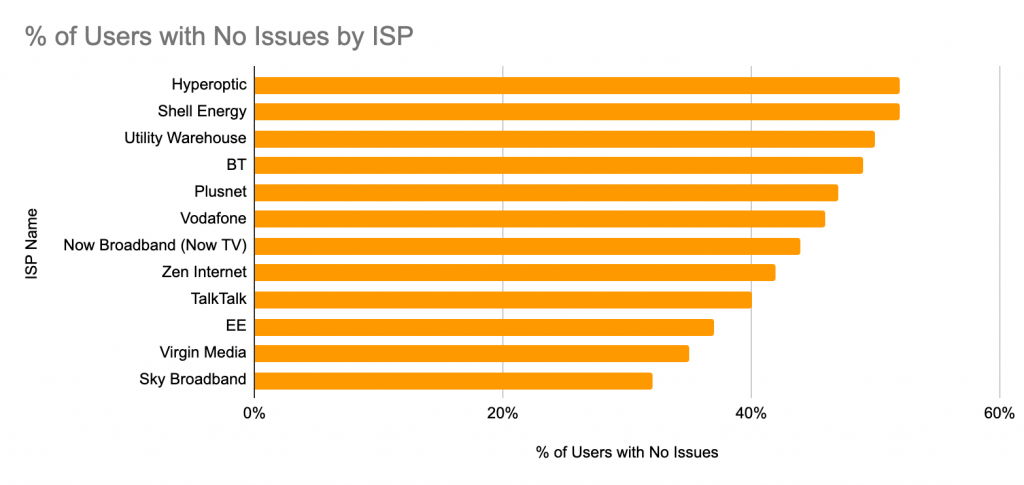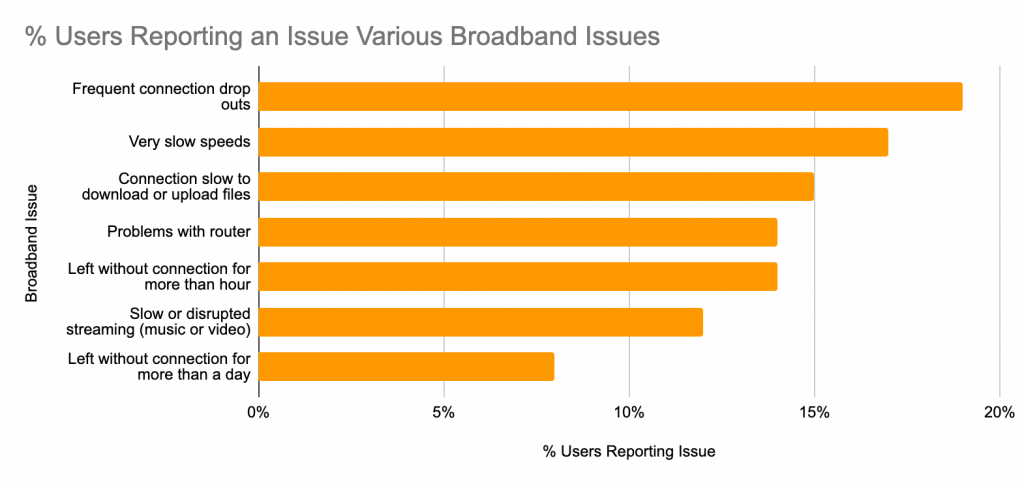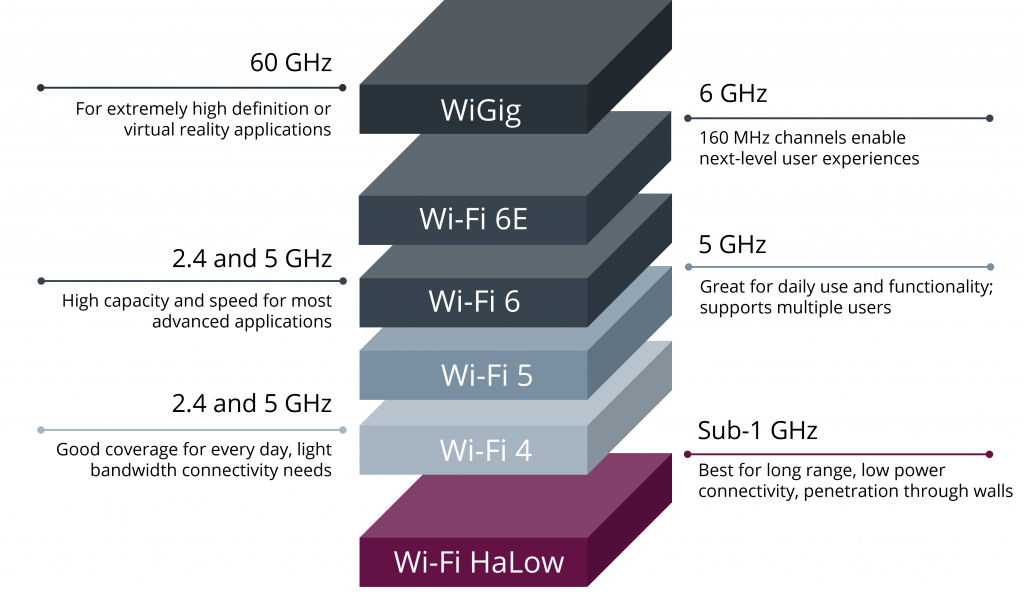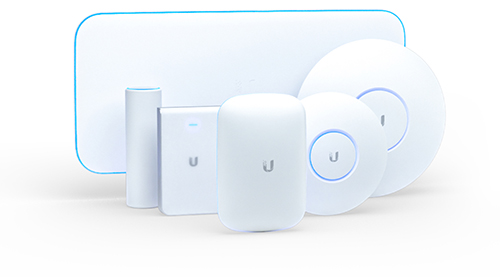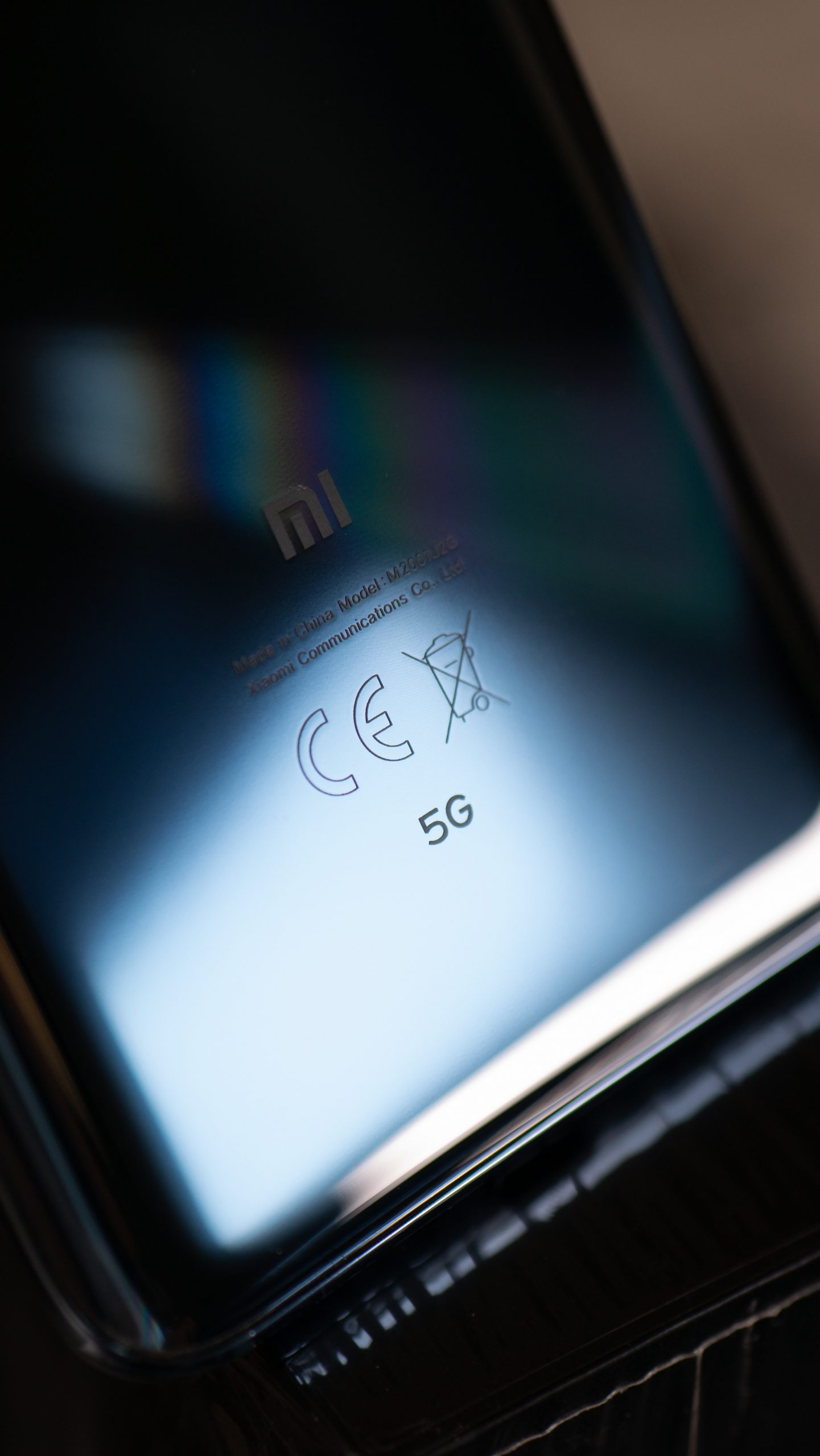Networking and Media Converters have gone hand in hand right from the start. They play a vital role when it comes to solving interconnection problems in networks.
If you oversee a business network (or one in a large home) then you probably already use this handy device. But are you using the media converter correctly?
What is a media converter?
A media converter is a networking device that allows you to connect one type of communication protocol cable to another different type of cable. For example, connecting a twisted pair to fibre optic cable.
By connecting two different media, like Ethernet copper and Ethernet fibre, they can typically connect devices that are beyond 100 metres from the nearest available switch.
The reach of the copper port can be extended with a copper to fibre converter by connecting a copper port on an Ethernet switch to the fibre that connects the device in the remote location.
The ability to do this provides great flexibility when building and connecting networks, easily connecting fibre and copper cables.
A media converter is usually a two-port device equipped with a copper interface on one side and a fibre interface on the other side.
Another key building block within a network are Switches. They enable you to connect multiple devices, such as computers, wireless access points, printers, and servers; All on the same network within a building or campus. A switch enables connected devices to share information and talk to each other.
Switches are mostly made up of LAN ports which are usually copper Ethernet with a few fibre-based uplink ports. They are also often SFP-based (small form-factor pluggable used for data communication). The copper ports are used to connect devices within a short-range (up to 100 metres) while the SFP uplinks can connect devices that are further away (which would be useful for other switches and/or servers).
The goal for any well-designed network is to use all the available uplinks. This maximises throughput. Oftentimes, spare LAN ports are kept in order to be able to easily connect new devices in the future. However this only works well if the device is within 100 metres from the switch. It can also cause problems if it is in a ‘noisy’ environment – A copper cable can be susceptible to electromagnetic interference.
In what sort of situation could we see these issues arise?
- A computer placed in a remote location
- An access point in an outdoor area
- A video surveillance camera
- An access control system far from the last switch,
For instances where the LAN must be extended over 100 metres, you will require a network extender, and a media converter would be the ideal solution.
To extend a network to a distant location, you would use a fibre connection from the switch and a media converter to connect to the device.
The remote device problem is solved with the Ethernet link providing a very long reach thus extending the connection. It also saves you from having to add other switches to the network.
How Does a Media Converter Work?
Media converters can be split into two main groups.
The first type of media converter can only convert physical media. For example,copper to fibre, or fibre to copper, without adjusting the speed of the link. This type of device is most commonly used when latency is a critical factor, in other words, when a time delay when transmitting the traffic is unacceptable during conversion.
The second type of media converters are often called switch converters or rate converters. These are a standard Ethernet switch equipped with two ports. These devices can adjust both the media and the link speed so that it is possible to connect a 10/100/1000T port to a 100FX port. For time-sensitive applications, this type is unsuitable as the switch adds a small amount of latency to the connection.
Do media converters work in both directions?
Yes, they can work in both directions. Media converters work with bidirectional links, so the same model can be used to convert copper to fibre but also fibre to copper.
If you use these devices in pairs, you can use the same model for both ends since they work both ways.
What Are the Different Types of Media Converters?
There are different types of media converter, including:
- One that connects fibre and copper cables (the most common)
- One that can convert Ethernet to VDSL
- One that can inject Power over Ethernet (PoE)
Typically, media converters are small standalone unmanaged devices. However, they can also form managed and unmanaged chassis solutions to integrate multiple devices within your network in a 19″ standard rack. For deployments in harsher environments, industrial media converters can be mounted in DIN cabinets to protect the electrical components.
What is the most common model of media converter?
As we mentioned above, the most common model of media converter is one which connects copper to fibre with one RJ45 port and one fibre port or SFP bay. To allow another converter or a switch equipped with the appropriate interface to be connected easily, the transport protocol is always Ethernet.
What about legacy infrastructure?
It’s not always possible to use a fibre link due to legacy infrastructure, for example twisted-pair phone cables or co-ax cables. If these are already in use, replacing with new fibre is not practical. Media converters that convert Ethernet to co-ax or Ethernet to twisted-pair allow the use of legacy infrastructure.
These devices can reach long distances over legacy cables due to using VDSL (Very high Data rate Subscription Line) technology.
As mentioned above, another type of converter can provide Power over Ethernet (PoE) on the copper Ethernet port to power remote devices. This is particularly useful for things like CCTV cameras or access control gates, and helps to simplify deployment of physical security solutions.
Covering the most commonly used interfaces today, media converter port speeds include Fast Ethernet, Gigabit and 10 Gigabit. Transceivers through an SFP port are able to operate on fibres from just a few metres in length up to 120km, satisfying a wide range of distances and speeds.
Media converters are useful for desktops too
Did you know that media converters can be used on the desktop too?
The USB to fibre Ethernet media converter acts as a Network Interface Card for your desktop or laptop – Quickly deploying a Fibre To The Desk (FTTD) solution for security-sensitive applications, or those more than 100 metres from the switch.
What Are the Features of a Media Converter?
The majority of media converters are not smart devices, however there are some media converters that have smart features that can help to simplify the management of large networks.
‘Have you turned it off and then on again?’
We’ve all heard that old IT joke. But actually there’s a reason why IT guru’s and network engineers say those notorious words. One of the most common ways to solve computer-related issues is to ‘power-cycle’ the device – Often, simply turning it off and then on again makes the problem disappear.
For PoE (Power over Ethernet) powered devices, disconnecting the power on the switch port connected to the device having issues will automatically reset it.
However, most media converters are not managed remotely and thus any that are on a remote site cannot simply turn the power off. In this case, a network engineer (or other person) would have to physically go to the remote site and disconnect and then reconnect the PoE cable.
Some configurable PoE Media converters enable PoE power to be reset whenever the fibre connection is turned off and on. This ‘smart’ feature would prevent the need for a physical remote site visit by enabling you to control the PoE power via the fibre connection on the switch, resetting the remote device.
Has all this talk of fibre cables and Ethernet ports got you in a tizz?
Call the experts! Here at Geekabit, our experienced Wi-Fi engineers can help at any stage of network deployment – From site surveys to design to installation.
We’re only a phone call away, and can help get your business or large home properly connected.
Thinking you’re too rural? We’ve got 4G for that! Our mobile and satellite broadband options could be just the thing you’re looking for.
Get in touch with our Wi-Fi experts today.


